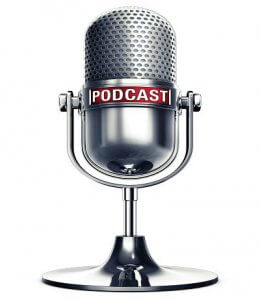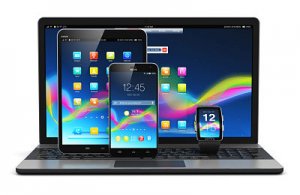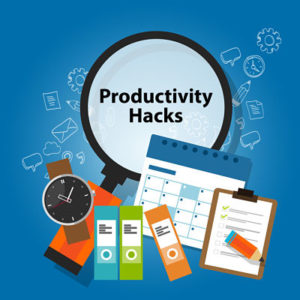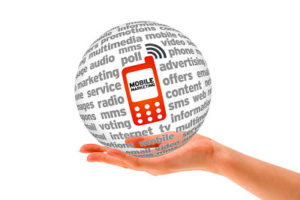Virtual Reality – see the 360° opportunities
February 28, 2018
 How many of you or your kids have received a virtual reality headset lately as a gift? I’m here to tell you that virtual reality headsets are THE thing lately. If you’re not familiar with how they work, virtual reality (VR) is an immersive experience where your head movements are tracked in a three-dimensional world, creating visual experiences that are so real, your mind and body react as though it’s actually happening.
How many of you or your kids have received a virtual reality headset lately as a gift? I’m here to tell you that virtual reality headsets are THE thing lately. If you’re not familiar with how they work, virtual reality (VR) is an immersive experience where your head movements are tracked in a three-dimensional world, creating visual experiences that are so real, your mind and body react as though it’s actually happening.
This concept was first introduced in the 90s but the technology was just too new and expensive to take off. Not the case anymore. For those of you in the 45+ age category, this is today’s version of when Pong hit the market. Next thing we knew, gaming systems were everywhere and marketers were scrambling to jump on board.
History is about to repeat itself. One of the things you should be thinking about as you tweak your 2018 marketing plan is how might I weave virtual reality into how we tell our story.
VR can be used to accomplish many marketing goals like:
- Demonstrating your products features, functionality and usage
- Sharing your brand’s bigger picture/mission through storytelling
- Creating a branded entertainment experience
- Drawing people to a trade booth with an interactive experience
- Helping people “see” themselves using your product or service
The beautiful thing about VR is that, as a medium, it checks a lot of boxes that we want to have our campaigns achieve.
Novelty: This isn’t something everyone is doing. If you jump on soon, you’ll be one of the first. You can benefit from a lot of extra buzz and media exposure that will come from being out in front of the crowd.
Memorable: The human brain is wired to remember experiences that connect emotionally. We also remember the things we talk about. VR is the ideal way to deliver on that marketing goal.
Distraction free: Because the technology is so immersive, the viewer is completely engaged in the content and more focused on the messaging and story. You can talk to them without worrying about multi-tasking or fighting for their attention.
As you think about a virtual reality project, there are definitely some things you need to consider. If you’re going to take advantage of the virtual reality phenomenon that means you need to recognize that this is a very different medium. You can’t take a 2-D video or experience and hope to convert it into a 360° experience. You will have the ability to take someone into a completely new environment and you need to think of it as interactive theatre, not a theatre show they sit and watch from a distance.
For the next couple years, you’ll need to take into account that this may be their first VR experience. This is a unique opportunity to wow them and really embed your brand into their psyche. But don’t wait. This isn’t a trend of the future – it’s here and it’s not going anywhere.
Your audience can buy VR viewers like Google Cardboard for less than $25. They’re going to be hungry for brands to serve up opportunities for them experiment with the new technology. Because viewers like Google Cardboard interact with cell phones, it’s easy to get the content to them.
This probably isn’t something you have to do in 2018. But the companies that do will take a very comfortable leap ahead of their competitors. It’s rare in today’s marketing world to have the opportunity to truly do something that will put you in a different league. It’s up to you if you’re willing to take the risk to get there.
More









